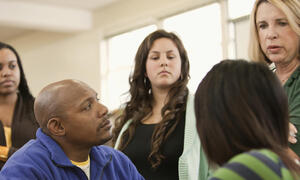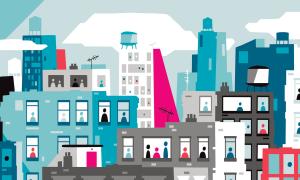article
1,362 Results
article
Media Literacy Builds Classroom Community
As I head back to the classroom, I think about the last school year. In the second-to-last week of school, my fifth-grade classroom was 90 degrees, with no air conditioning. My students were sitting together, helping each other, laughing, struggling and having fun. At the beginning of the year, they were unsure of each other. They smiled politely but kept to themselves or the friends they knew and never asked for help. So what had changed?
article
Protect Campus Diversity
The Supreme Court has upheld affirmative action but, one educator points out, we still have a long way to go to achieve equity in college admissions.
article
The Persistence of Myth: The Causes of the Civil War
Recent comments about the “controversy” over the causes of the Civil War highlight the challenges of teaching American history in 2017.
article
article
Crossing the Gap

Students from both sides of Chicago's school-funding divide are coming together to demand equality. In the process, they're crossing barriers of race and social class.
article
Portfolio Activity for “Weighing In”
As the number of obese and overweight children grows, so does size bias.
text
Informational
Susan B. Anthony
Alexandra Wallner follows Susan B. Anthony from her birth to her death by detailing her life, goals, hardships and accomplishments.
July 7, 2014
lesson
Violence Prevention
Civil rights leader Malcolm X now appears in many history books and has been the hero of a feature film, but very few sources actually delve into the forms of leadership and resistance to oppression that Malcolm X advocated in the last year of his life.
July 6, 2009
article
Confronting the Weaponization of Whiteness in Classrooms

As viral racist incidents quickly disappear from public discourse, we challenge white teachers to keep those moments top of mind and reflect on their own biased behaviors in classrooms.

